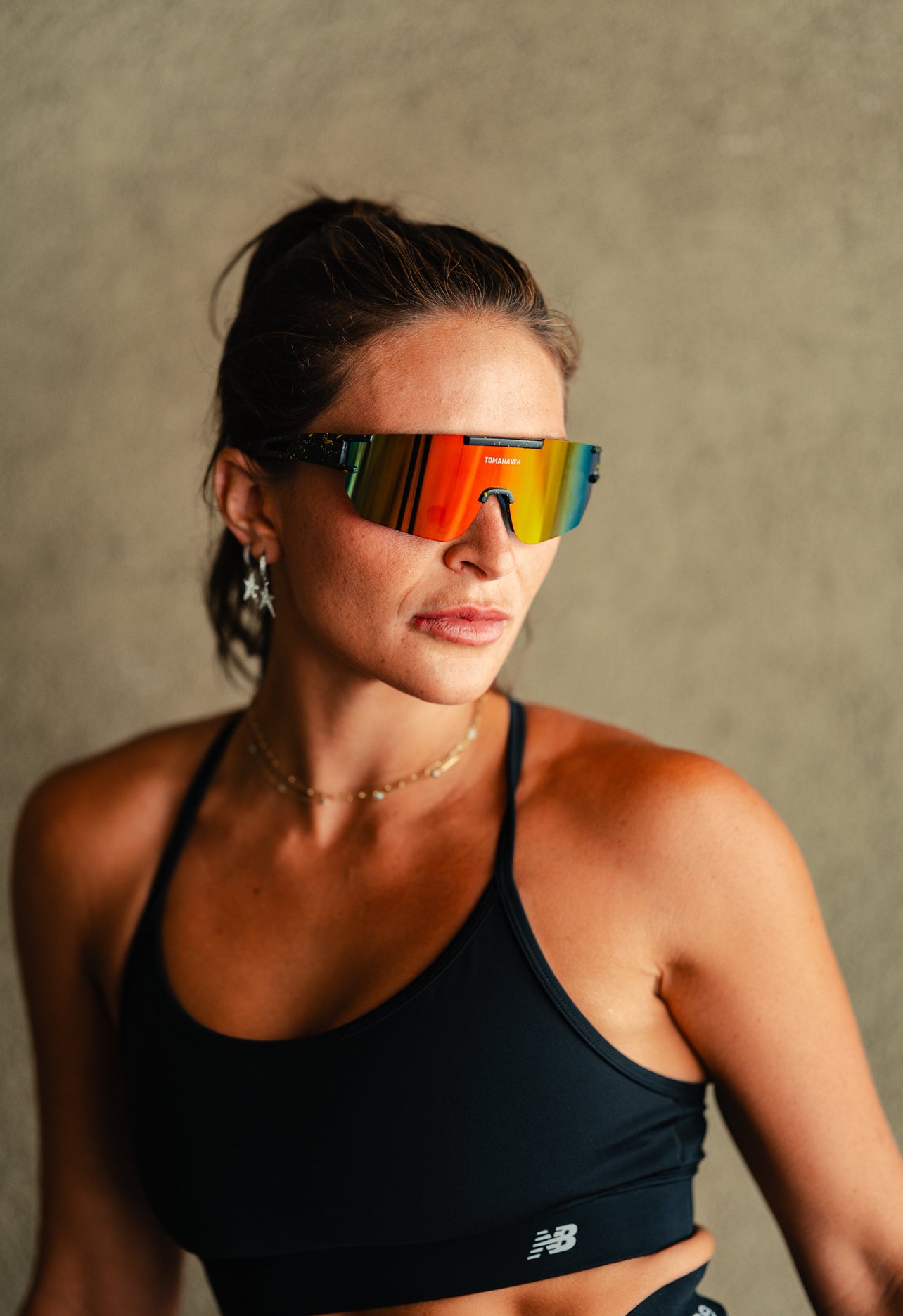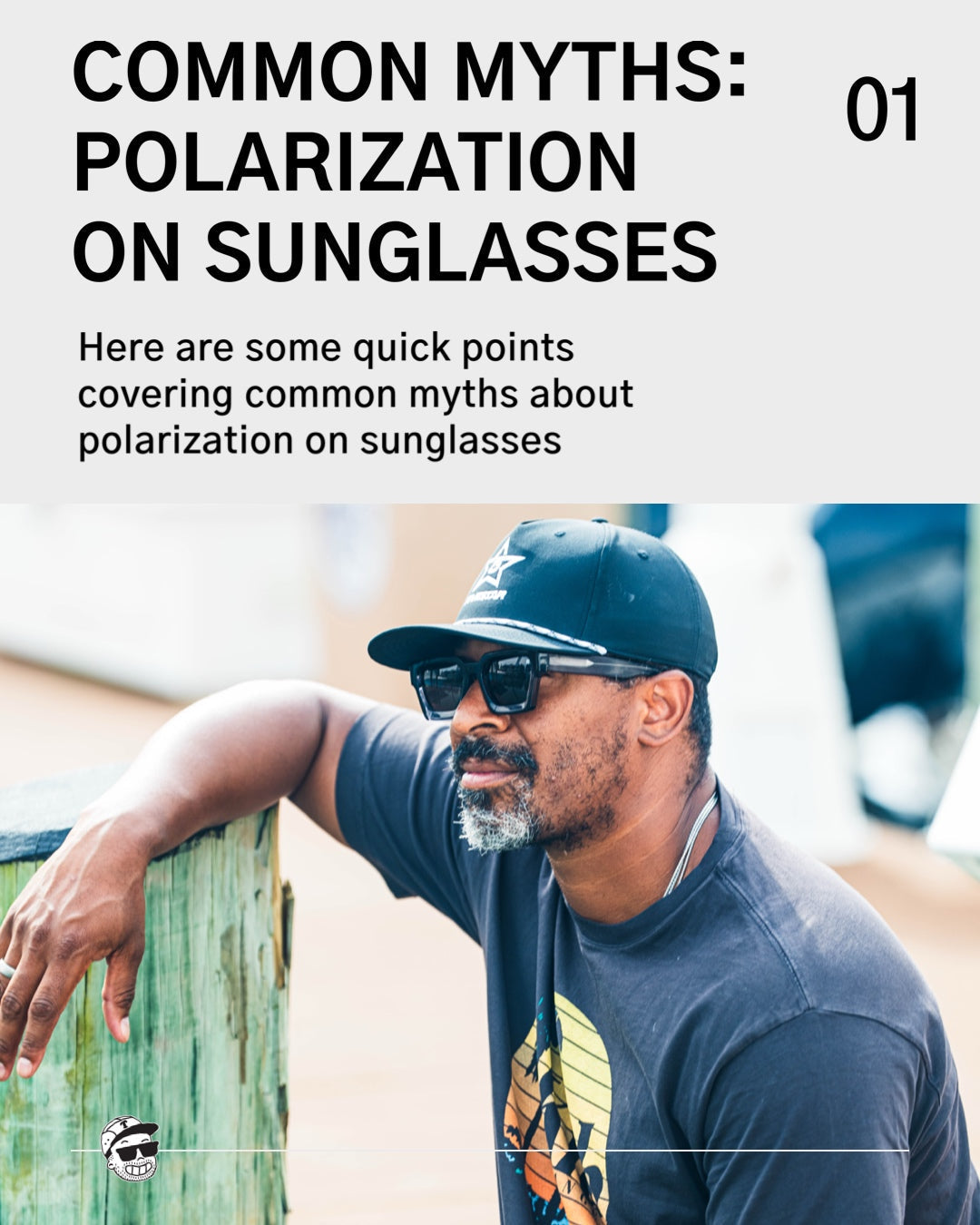10 Common Myths About Polarized Sunglasses (Debunked)
Polarized sunglasses are praised for reducing glare and enhancing clarity, but there's a lot of misinformation out there. Whether you’re shopping for your next pair or wondering if they’re really worth the hype, it's time to clear things up.
Here are 10 of the most common myths about polarized sunglasses — and the truth behind them.
1. Polarized Sunglasses = UV Protection
False. Polarization and UV protection are two completely different technologies. Polarized lenses cut glare, while UV protection blocks harmful ultraviolet rays. Always check for both features before buying.
2. All Polarized Lenses Are the Same
Not even close. Low-quality polarized lenses may distort your vision or scratch easily. Premium lenses offer better clarity, color enhancement, and durability.
3. They’re Only for Fishing or Water Sports
Sure, they’re great on the water — but they’re also perfect for driving, skiing, hiking, or just walking around on a sunny day. Anywhere glare exists, polarization helps.
4. Polarized Sunglasses Are Always Darker
Polarization has nothing to do with how dark the lenses are. The tint color and darkness level are separate from the anti-glare filter that makes them polarized.
5. You Don’t Need Them on Cloudy Days
Even on overcast days, light reflects off wet roads, metal, and glass. Polarized lenses reduce that glare — giving you more comfort and clearer vision regardless of the weather.
6. They Make Screens Impossible to See
While some older polarized lenses can make phone and GPS screens look rainbow-like or dark, newer high-quality lenses reduce or eliminate this issue altogether.
7. They're Only for Summer
Polarized sunglasses are just as useful in winter. Snow reflects sunlight like water does, which makes glare even more intense. They’re a year-round must.
8. Polarized Lenses Affect Depth Perception
This one’s a half-truth. In rare cases (like certain sports), depth perception may be slightly altered — but for most people, polarized lenses actually improve visual clarity and comfort.
9. Polarization Means Expensive
You don’t have to drop hundreds of dollars. There are affordable, high-quality polarized options that deliver performance without breaking the bank.
10. If It Says “Polarized,” You’re Good to Go
Not necessarily. Some cheap lenses are labeled “polarized” but don’t meet quality standards. Stick with trusted brands and look for certifications to ensure you’re getting the real deal.
Bottom Line:
Polarized sunglasses offer real benefits — but only if you understand what you’re getting. Don’t let myths steer you away from one of the most effective tools for eye protection and visual comfort.






